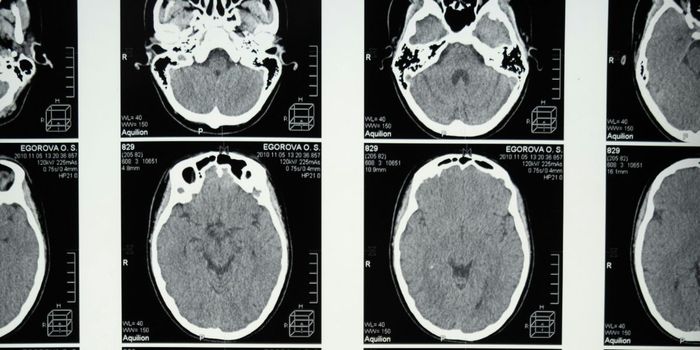How The Brain Processes Sensory Information from Internal Organs
A study published in Nature provides insight into how the brain processes sensory information from the internal organs. Researchers at Harvard Medical School used high-resolution imaging to identify spatial maps of neurons in the brain stem and examine how they respond to feedback from internal organs. They found that different internal organs activate different neuron clusters in the brain stem.
The researchers developed a two-photon calcium imaging preparation to understand internal organ representations in the nucleus of the solitary tract (NTS). The NTS functions as a sensory channel in the brainstem that receives vagal and other sensory inputs. By observing gut and upper airway stimuli, the researchers noted individual NTS neurons detected signals from particular organs.
This study highlighted how internal sensing is more complicated than external sensing processes. For example, internal sensing involves the internal organs sending information through mechanical forces, hormones, nutrients, toxins, and temperature, and more whereas external sensing mainly relies on one sensory process such as vision or hearing. Study author Dr. Stephen Liberies described the significance of the study: “I think understanding how sensory inputs are encoded by the brain is one of the great mysteries of how the brain works. It gives inroads into understanding how the brain functions to generate perceptions and evoke behaviors.” The study helps shape future research priorities to learn more about how different internal organs stimuli activate different clusters.
While a significant amount of research on external sensory processing has been conducted, less is known about brain circuitry involved with internal sensing. This study provides the foundation for further analysis of the coding of internal senses throughout the brain. The findings have implications for therapeutic discovery and specific treatments for a wide range of diseases including diabetes, respiratory and pulmonary disorders. Future research will explore the connection between higher order thinking and sensory responses such as hunger, thirst, or pain.
Sources: Eureka News Alert, Nature








